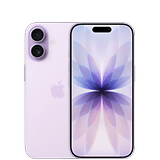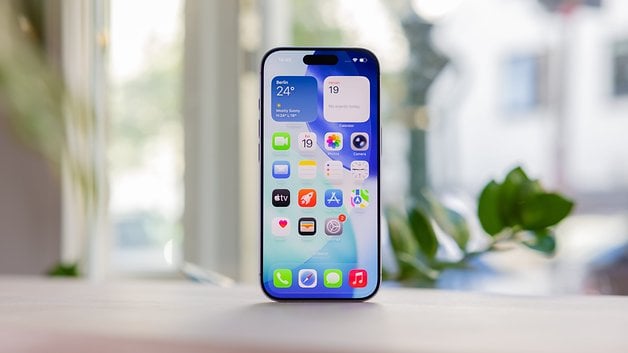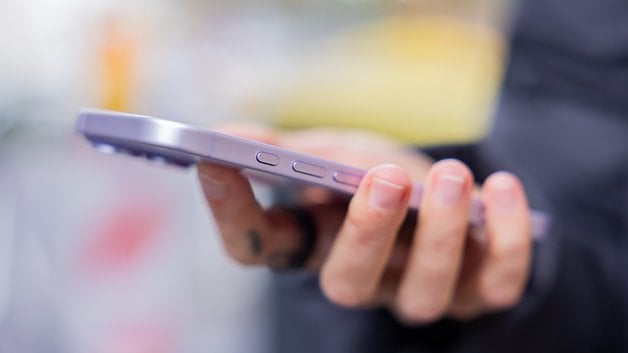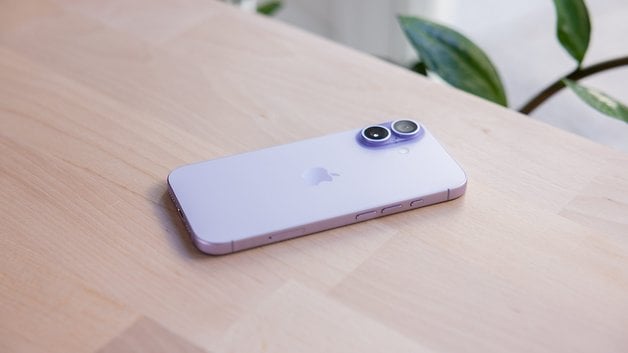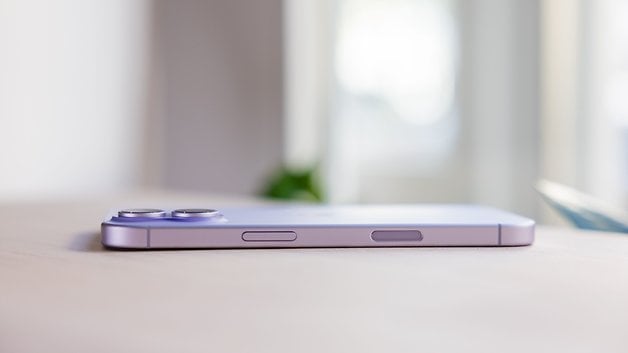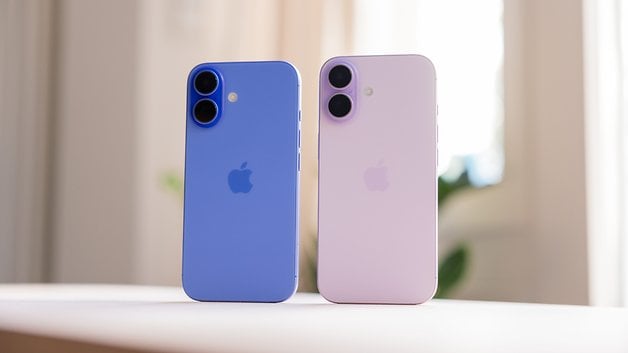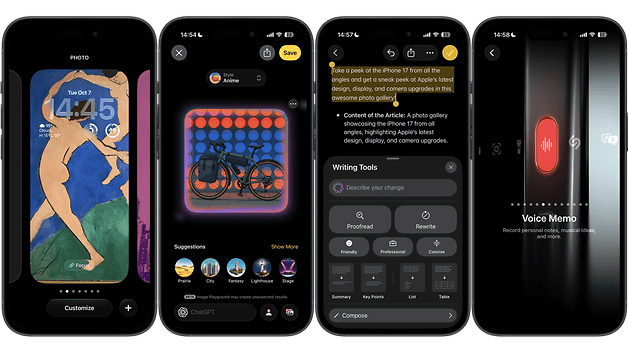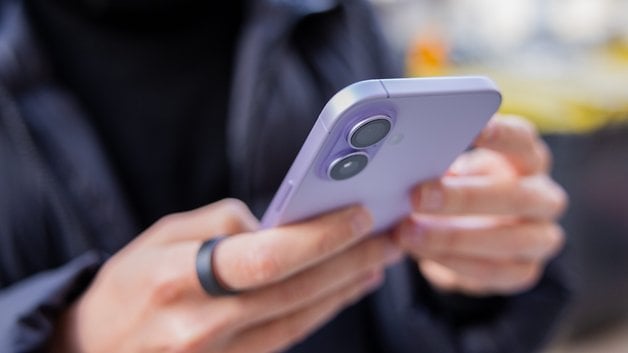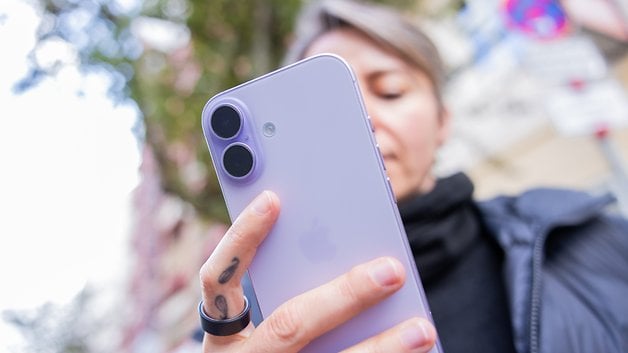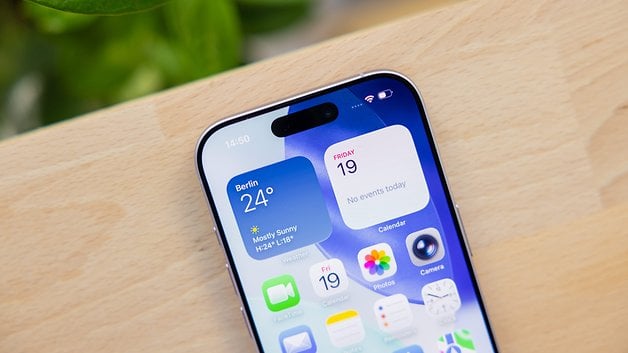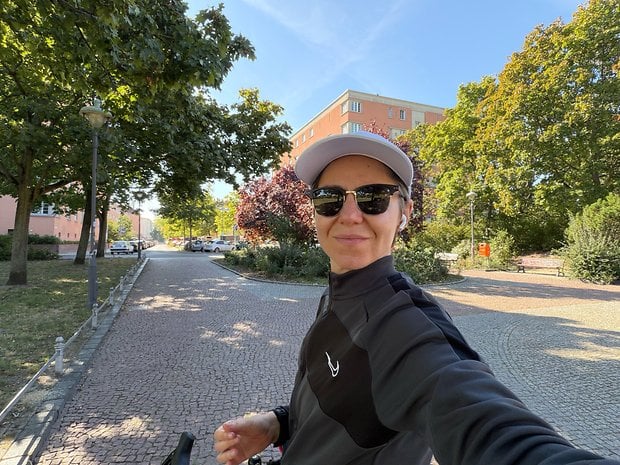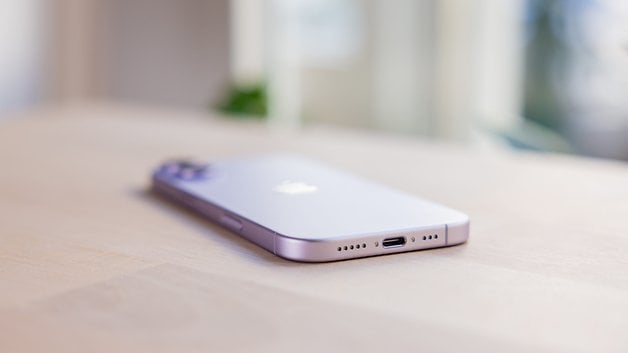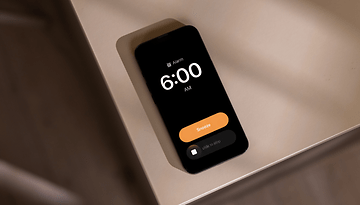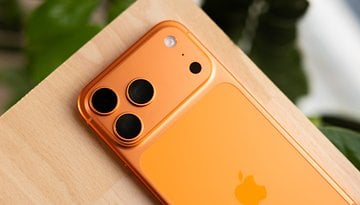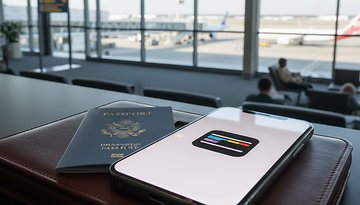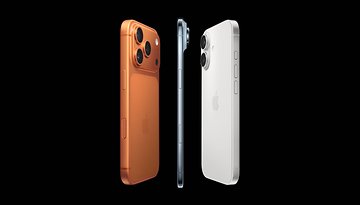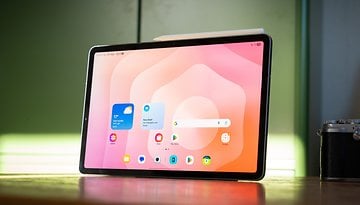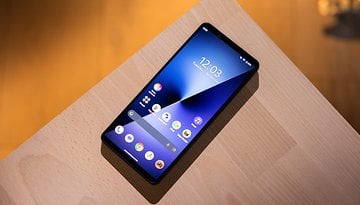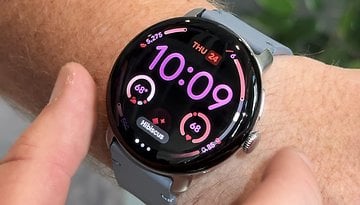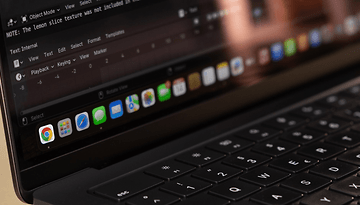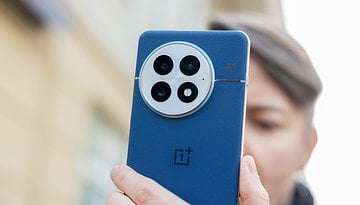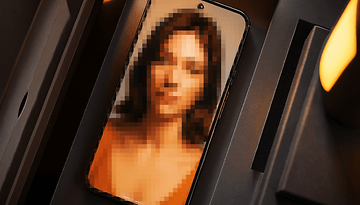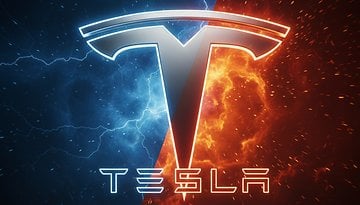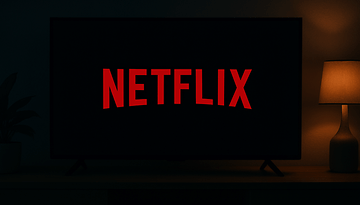The iPhone 17 Proves You Don’t Need “Pro” to Get a Great iPhone
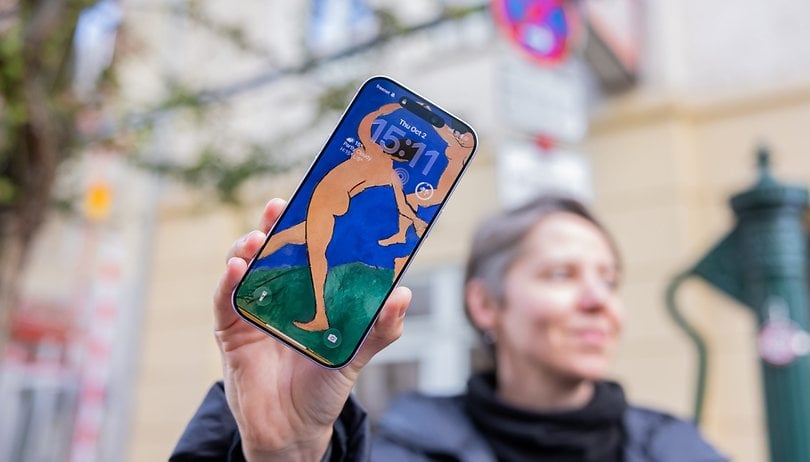

Apple finally aligns the standard iPhone with the Pro lineup by bringing the upgraded display to the iPhone 17. Storage gets a bump without a price increase, and the new A19 chip brings small but welcome improvements in performance and efficiency. Still, anyone upgrading from the iPhone 16 will probably find the design unchanged and, frankly, a little dull. So, is Apple playing it too safe with the iPhone 17, or are these subtle changes enough to keep it relevant?
Good
- Smooth 120 Hz adaptive display
- Always-On Display support
- Stable A19 performance
- 256 GB base storage, same price
- Reliable all-day battery life
Bad
- It looks identical to last year’s model
- Lacks a telephoto lens
- Missing new AI features this year
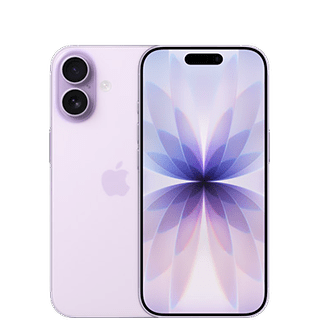
iPhone 17 keeps the look, adds a brighter display
| Design and Build Quality | |
|---|---|
| Display |
|
| Dimensions and weight |
|
| Resistance |
|
From the outside, there is no real difference between the iPhone 17 and the previous generation. You could read our iPhone 16 review and walk away with the same impressions. It still tilts when placed on a flat surface, so a protective case is recommended. The button layout has not changed either. You get the customizable Action Button and the same Camera Control. There is nothing wrong with this design. It is just boring.
The phone is light and still feels good in hand. I used the iPhone 16 for 12 months, and my biggest complaint with the design carries over here. I often trigger the Camera Control button unintentionally. To be even more honest, I am extremely used to on-screen controls for the camera, so I rarely use the physical button. Not even for Visual Intelligence, which can recognize objects, text, and scenes through the camera to offer quick actions.
That said, for those using the iPhone 17 for photography, the Camera Control button can be very useful. When it was first introduced last year, we created a dedicated article about it. The same goes for the Action Button. I still use it as the classic ring or silent key, but it can be customized for many other actions depending on your workflow.
Once the display is turned on, the novelties begin to appear. The iPhone 17 finally gets ProMotion technology, bringing refresh rates up to 120 Hz for smoother scrolling and animations. That difference is visibly noticeable. This is the first time the non-Pro model shares the same panel with the Pro. Both now feature a 6.3-inch Super Retina XDR display with 2622 × 1206 pixels at about 460 ppi. That is a slight bump from the 6.1-inch screen on the iPhone 16.
ProMotion adapts to the content, ramping up to 120 fps for fluid motion and dropping down to save energy. The Always-On Display also makes its way here, letting you see the time and widgets at a glance, and it is fully customizable with options to adjust blur, transparency, and layout.
Overall, the screen now feels just as sharp and smooth as the Pro model, making the iPhone 17 more appealing to more people.
iOS 26: new design, missing AI upgrades
| Software | |
|---|---|
| Operating system |
|
The iPhone 17 comes with iOS 26, which introduces Apple’s new Liquid Glass design. It aligns the look and feel of the interface with the rest of the Apple ecosystem and borrows elements from the Vision Pro experience. The result is a cleaner and more consistent layout across devices. We already covered iOS 26 in detail, including its hidden features, so I strongly suggest checking out our full iOS 26 guide for deeper insights into the software.
Where things still fall short is in Apple Intelligence and Siri. Apple did not introduce any new features this year. I like how Apple integrates AI into the operating system, but its usefulness mostly depends on other Apple ecosystem services, and Siri only feels smarter when connected to ChatGPT. I find Apple Intelligence helpful for everyday tasks, but it feels stuck on last year’s features—and some are still missing. For example, Siri cannot yet understand what is on my screen, and when I ask it to read or describe content, it asks to send a screenshot to ChatGPT, which I prefer not to do.
So for now, what you get is a polished and reliable version of iOS, not a big AI upgrade. You still get all the familiar ecosystem features like AirDrop, Handoff, and Universal Clipboard, and Apple’s usual long-term software support is here as well.
If you value stability and a clean user experience, iOS 26 is as solid as ever. But if you were hoping for Apple’s AI moment, it has not arrived yet.
A19 chip boosts iPhone 17 speed
| Performance | |
|---|---|
| Processor |
|
| Memory |
|
| Connectivity |
|
Performance is one area where the iPhone 17 leaves no room for concern. The new A19 chip focuses on efficiency and consistency, delivering the smooth and stable experience Apple is known for. Built on a 3-nanometer process, it offers better thermal control and slightly higher peak performance than last year’s A18 while drawing less power during sustained tasks. Paired with iOS 26 and ProMotion, every swipe and animation feels fluid and responsive.
Apple also fixed one of the biggest frustrations from the previous generation. The iPhone 17 keeps the same starting price but now doubles the base storage to 256 GB. That means no more deleting podcasts or YouTube downloads just to install a software update.
In day-to-day use, the iPhone 17 performs just as expected. I did not experience any overheating during just over an hour of playing Diablo Immortal, testing the camera for this review, or multitasking, although I did not push the device to extreme limits such as extended 4K video recording. Even with several health and wearable apps running in the background—including Oura, Whoop, Apple Health, Zepp, Ultrahuman, Huawei Health, and Withings—performance remained consistent throughout the day.
From my experience, even heavy users of streaming, gaming, or social media are unlikely to face performance issues, although heat levels can vary depending on usage and environment.
Benchmark results confirm what real-world use already suggests. The iPhone 17’s A19 Bionic scored 2,224,609 on AnTuTu, a noticeable jump over the A18 in the iPhone 16. In the 3DMark Wild Life Extreme Stress Test, stability reached 62.7 percent, showing better thermal control than before. The Steel Nomad Light test also demonstrated solid sustained performance with 51.1 percent stability. The Galaxy S25 Ultra’s Snapdragon 8 Elite still leads in GPU power, but the iPhone 17 delivers steadier performance over time.
| iPhone 17 (Apple A19 Bionic) |
iPhone 16 (Apple A18 Bionic) |
Galaxy S25 Ultra (Snapdragon 8 Elite) |
|
|---|---|---|---|
| AnTuTu | 2,224,609 | 1,701,457 | 2,341,216 |
| 3DMark Wild Life Extreme Stress Test |
Best loop: 5,010 Worst loop: 3,141 Stability: 62.7% |
Best loop: 3,643 Worst loop: 2,082 Stability: 57.1% |
Best loop: 6986 Worst loop: 3253 Stability: 46.6% |
| 3DMark Steel Nomad Light Stress Test |
Best loop: 2,173 Worst loop: 1,111 Stability: 51.1% |
- | Best loop: 2,581 Worst loop: 1,363 Stability: 52.8% |
48 MP upgrade, zoom still limited
| Camera | |
|---|---|
| Main Camera |
|
| Ultra-Wide Camera |
|
| Tele Camera(s) |
|
| Selfie Camera |
|
| Max. Video Resolution |
|
The iPhone 17 may look familiar with its vertical dual-lens setup, but Apple made some meaningful upgrades to the camera system this year. Both sensors now use 48 megapixels, bringing a level of detail and dynamic range that used to be exclusive to the Pro models. The main lens captures sharper textures and more accurate skin tones, while the ultra-wide performs better in mixed lighting thanks to a new sensor and smarter HDR tuning.
Still, at $799, I expected a bit more versatility from this setup. The zoom trick Apple uses—cropping directly from the 48 MP main sensor to simulate a 2× optical zoom—is clever but not the same as having a dedicated telephoto lens. It delivers solid results for everyday photos, but you notice its limits in portrait or travel scenarios where a true zoom would make a difference.
Low-light performance has also improved, especially when using the main camera. The larger sensor captures more light, and image processing now balances highlights and shadows more effectively. Night shots appear cleaner and less noisy, and detail retention is noticeably better. These updates make the camera more reliable in everyday conditions, even if the difference from last year is subtle.
The 18 MP front camera deserves some praise, especially for selfies and video calls. It delivers crisp detail and accurate colors, and it supports 4K recording with Center Stage auto-framing, which is great because you no longer need to rotate your phone.
Overall, the iPhone 17 camera is reliable and easy to use, but it feels limited for the price. The absence of a proper telephoto lens in a phone starting at $799 is hard to overlook, even if it helps Apple separate the Pro models. In this price range, the Samsung Galaxy S25 (review) and the OnePlus 13 (review) both feature dedicated telephoto lenses. And while many Apple users may not consider switching to Android, these devices show that competitors offer more for the same money. Even the Google Pixel 10 Pro (review), which costs only about 100 dollars more, delivers a far more versatile camera setup.
iPhone 17 battery: all-day power and faster charging
| Battery | |
|---|---|
| Battery Capacity |
|
| Wired Charging Speed |
|
| Wireless Charging Speed |
|
In 2025, Apple upgraded the standard iPhone’s battery life from 22 hours to up to 30 hours of video playback on a full charge. The improvement comes from a slightly larger battery, the A19 chip’s higher efficiency, and the new LTPO 120 Hz display that can scale down to 1 Hz when the screen is static.
In everyday use, I have been using the iPhone 17 as my daily driver while testing several wearables, including the Apple Watch Ultra 3 (review) and the Amazfit T-Rex 3 Pro (review). That means I was frequently checking the Apple Health and Zepp apps. I also use the Oura Ring and the Whoop app daily. These apps constantly run in the background, along with a few others, and they tend to be the main sources of battery drain in my setup.
As a heavy user, the iPhone 17 consistently lasted from morning at 100 percent to night between 20 and 0 percent. That means I had to charge it every night to avoid waking up to a drained battery. Lighter users could likely stretch a single charge into two days.
Charging is also more efficient this year. The iPhone 17 supports fast charging via USB-C, and with Apple’s 30 W adapter, I managed to reach 65 percent in about 25 minutes.
| Charging | iPhone 17 (3,692 mAh | with 30W charger) |
|---|---|
| 10 minutes |
|
| 25 minutes |
|
| 30 minutes |
|
| 1 hour |
|
| Full charge |
|
A quick top-up proves very effective, as even 10 minutes can add several hours of use. A full charge from 0 to 100 percent takes about one hour and fifteen minutes with the 30 W puck. Battery health features like optimized charging, which pauses at 80 percent overnight, are still available, and MagSafe wireless charging reaches up to 25 W.
In short, the iPhone 17 delivers solid all-day endurance with noticeable efficiency gains over its predecessor. It is not a multi-day phone for heavy users, but it handles demanding tasks and background syncing without battery anxiety. Combined with faster wired charging and reliable MagSafe performance, battery life finally feels well-balanced for everyday use.
Is the iPhone 17 a Good Buy?
I started this review wondering if Apple played it too safe with the iPhone 17 or if the subtle upgrades were enough to keep it relevant. The truth is, while the wow factor now belongs to the Pro lineup, the standard iPhone has never been this balanced. It delivers great performance, strong battery life, and a display that finally feels flagship-level, all without the Pro price tag.
Sure, I would have liked to see a telephoto lens, but Apple doubled the base storage without raising the price, and for most people, that is a much more meaningful change. I would not recommend upgrading from the iPhone 16 or even the iPhone 15 if the battery still gets you through the day. But for anyone using an iPhone 14 or older, or buying into the iPhone ecosystem for the first time, the iPhone 17 proves you do not need a Pro model to get a great iPhone.
Where to Buy the iPhone 17
The iPhone 17 is available directly from Apple’s online store and official Apple retail locations. You’ll also find it through major carriers and authorized resellers worldwide, often bundled with trade-in or installment plans.
